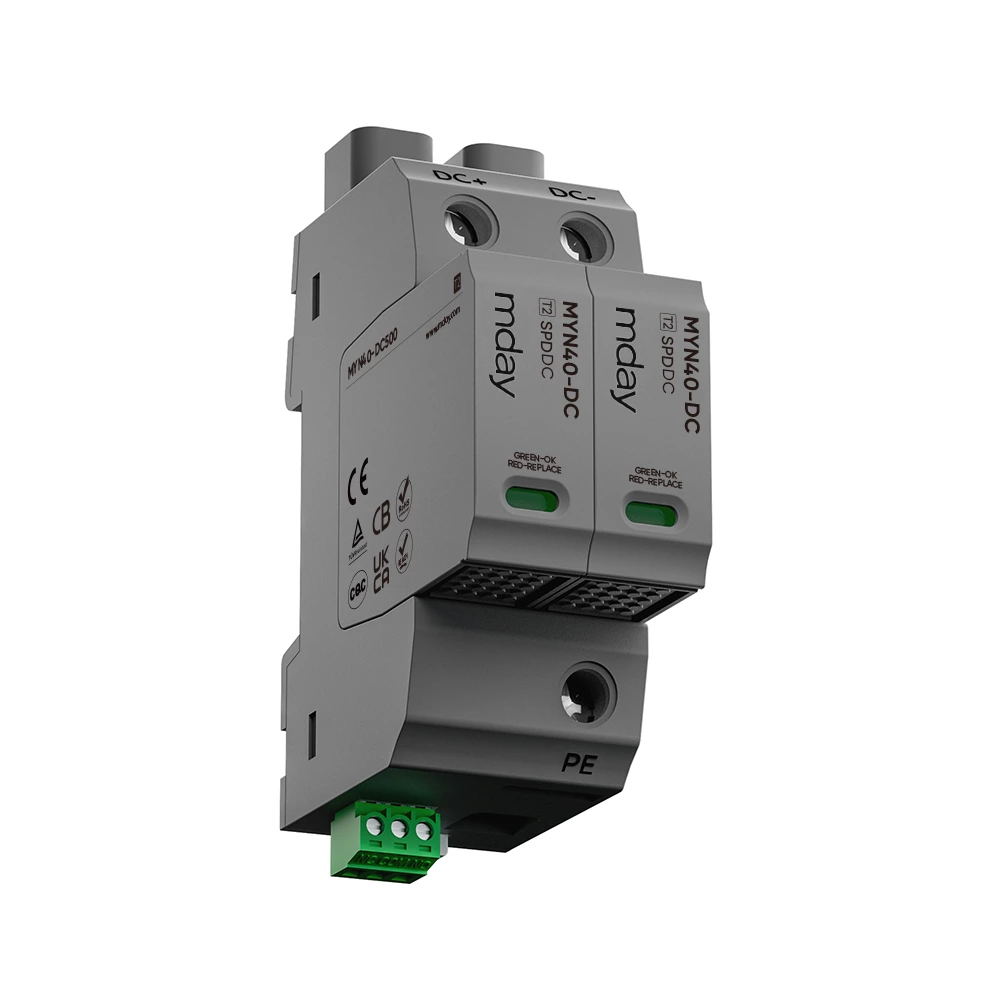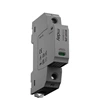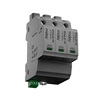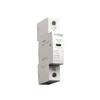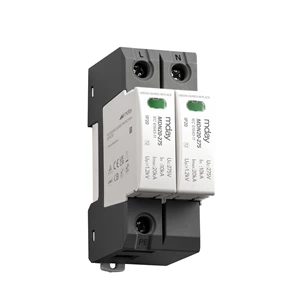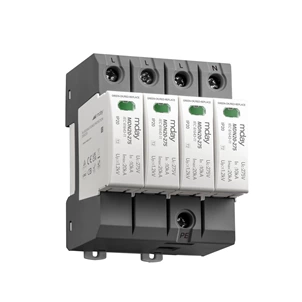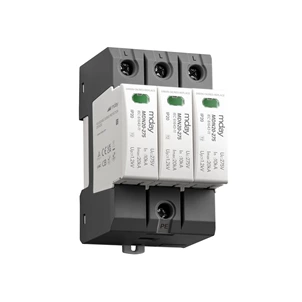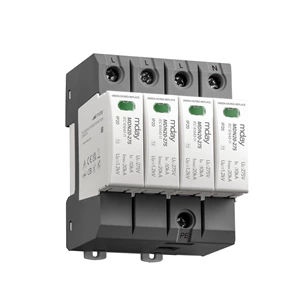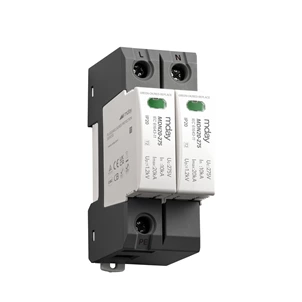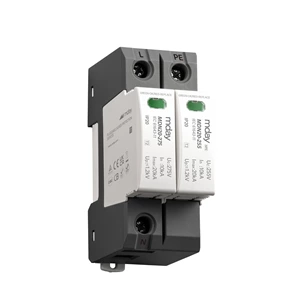Microwave Signal Surge Protector Based On Standing Wave Theory
A quarter-wavelength short circuit is a microwave signal surge protective device created based on spectrum analysis of lightning waves and standing wave theory of antenna feed lines. The length of the metal shorting rod in this surge protector is determined by the quarter wavelength of the operating signal frequency (such as 900 MHz or 1800 MHz). For this operating signal frequency, the impedance of this parallel shorting rod is infinite, effectively creating an open circuit and not affecting signal transmission. However, for lightning waves, since lightning energy is primarily distributed below n+kHz, the shorting rod's impedance is very low, effectively acting as a short circuit, dissipating the lightning energy into the ground. Since the diameter of the 1/4 wavelength shorting rod is generally a few millimeters, it has good impact current resistance performance, which can reach more than 30KA (8/20μs), and the residual voltage is very small. This residual voltage is mainly caused by the inductance of the shorting rod itself. The disadvantage of surge protection device made of this material is that the power frequency band is narrow, with a bandwidth of about 2% to 20%. Another disadvantage is that it cannot add DC bias to the antenna feed facilities, which limits some applications.
